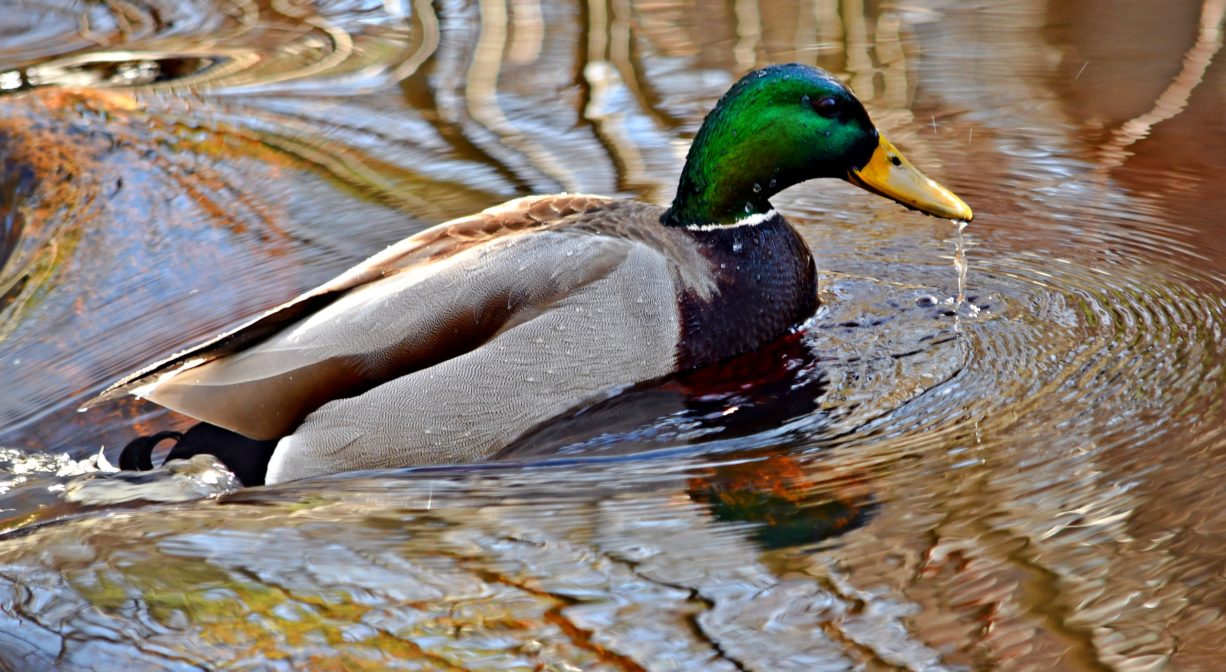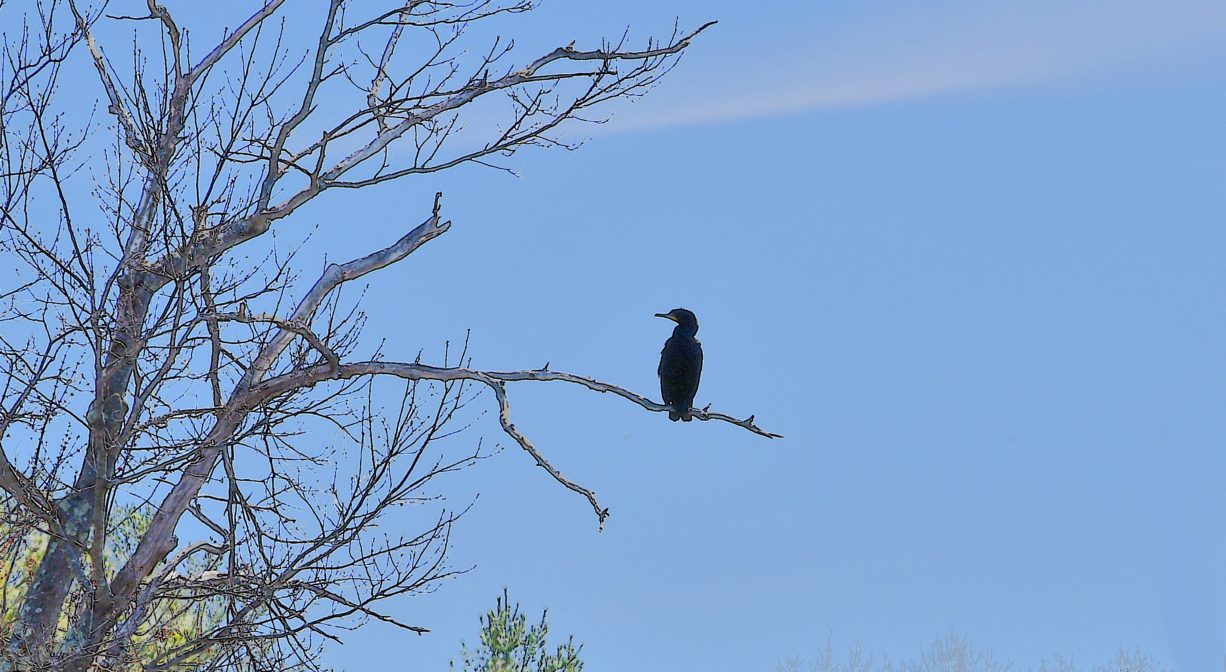558 Mt Blue St, Norwell, MA 02061, USA
Wompatuck State Park: (617) 895-8245
https://www.mass.gov/locations/wompatuck-state-park
Owned By: Commonwealth of Massachusetts
The Mt. Blue Entrance to Wompatuck State Park is located at the very end of Mt. Blue Street in Norwell, near Mt. Hope Street. Nearby you’ll find Picture Pond and Boundary Pond, as well as numerous paved and unpaved trails.
Note: This entrance is for pedestrians and cyclists only. There is no parking available.
This 3,500-acre Massachusetts state park served as the Hingham Naval Ammunition Annex from 1941 to 1965. It stretches into four towns – Hingham, Cohasset, Scituate and Norwell. The park features numerous seasonal campsites, plus fishing and non-motorized boating on the Aaron River Reservoir. There are 12 miles of paved bike paths, plus off-road trails for hiking, mountain biking, horseback riding and cross-country skiing. Stroller-friendly in some sections. There are many rocky outcroppings and glacial erratic boulders throughout the park.
Other access points include: Main Entrance, Hingham • Leavitt Street Entrance, Hingham • Triphammer Pond Conservation Area, Hingham • Whitney Spur Rail Trail, Cohasset • Whitney & Thayer Woods, Cohasset • Doane Street Entrance, Cohasset • Aaron River Reservoir and Dam, Cohasset • Brass Kettle Conservation Area, Cohasset • Grove Street Entrance, Norwell
FISHING ADVISORY: It’s important to know that some of our freshwater fisheries are contaminated with mercury, PFAS and/or other concerning substances. The Massachusetts Department of Public Health maintains an online database with up-to-date advisories regarding fish consumption, sorted by location. We recommend you consult this valuable resource when planning a fishing excursion.
Features
The land at Wompatuck State Park was commonly used by the Massachusett tribe, led by Chief Josiah Wompatuck. Local history books indicate that in 1655, he conveyed the rights to a large tract of land on the South Shore to European settlers.
Please bear in mind that Native American cultures often favor oral histories to written ones. Much of what’s recorded about the history of the South Shore is from the perspective of European settlers. It’s not the whole story.
For thousands of years, the land that today is known as Norwell was inhabited by indigenous people who grew crops, foraged, hunted, and fished in the Assinippi and North River areas. Circa 1617, a major outbreak of disease decimated an estimated 90% of the native population in New England, including the Massachusett and Wampanoag tribes that inhabited the South Shore. There are still descendants of these original inhabitants living here today. To learn more about our local tribes, we encourage you to interact with their members. The Mattakeeset band of the Massachusett, the Massachusett tribe at Ponkapoag, the Herring Pond Wampanoag, and the Mashpee Wampanoag also share information on their websites.
In the 1700s, early settlers and ship captains held title to the Wompatuck State Park area, but the land was never extensively developed. During the 1800s, families maintained woodlots and grazing lands here, and the streams powered the Stockbridge Shingle Mill. Water from Mt. Blue Spring was commercially bottled.
In 1941, the United States government established the Hingham Naval Ammunition Depot Annex (known by locals as the “Cohasset Annex”). Land was acquired from private homeowners for the purpose of expanding the Hingham Naval Ammunition Depot nearby. It remained in use until 1965, and served both World War II and the Korean Conflict.
Scattered throughout the property are over 100 decommissioned military bunkers, which were used to store ammunition. Explosives such as TNT-loaded depth charges, bombs, fuses, projectiles, and cartridges were produced and stored here. Many of these bunkers have been backfilled, but some remain exposed. There are several old military buildings on the property, as well as an abandoned railroad. Most buildings have had their roofs and windows removed, and are open to the elements.
The U.S. Navy deactivated the Cohasset Annex in 1963 and declared the land “surplus.” The Commonwealth of Massachusetts took possession of the land in 1966, and began developing it as a public park the following year. The park itself opened in 1969. Since then, 725 acres have been added.
A rail spur, the Whitney Spur, once connected the Ammunition Depot to the Old Colony Railroad’s Greenbush Line. In 2003, the DCR sold the land for the Cohasset commuter rail station and parking lot to the MBTA, in exchange for the construction of a rail trail on the former rail spur. The 1.5-mile Whitney Spur Rail Trail now connects the Cohasset MBTA station to Wompatuck State Park.
Trail Description
Within the park, there are numerous woodland trails for hiking, dog-walking, horseback riding, cycling, and cross-country skiing. For mountain bikers, the park is home to one of the longest section of switchbacked singletrack in the state. The Wompatuck Trail is ADA accessible.
The Mt. Blue Entrance connects directly with the wooded MH 1-4 trails, which lead past Picture Pond, and up & over Mount Hope.
Also nearby, a paved loop trail begins a little past Boundary Pond at S20, and extends from S14, S11, S31, and around agin to S14, probably 2.5 miles total. There are plenty of additional unpaved trails in this section of the park to explore as well!
Habitats and Wildlife
Much of the park is undeveloped and is heavily wooded. Trees include Atlantic white cedar, American holly, chestnut oak, shagbark hickory, mountain laurel, pink dogwood, white pine, American beech, and hemlock — some estimated to be 175 years old. Wildflowers and flowering shrubs also grow in abundance. Among the most common are swamp azalea, solomon’s seal, white geranium, ladies slipper, and sheep laurel.
Land and water creatures abound in the park. Common species include: muskrat, raccoon, cottontail rabbit, skunk, painted turtle, bullfrog, coyote, deer, bobcat, fisher cat, red & grey fox, yellow spotted salamander, yellow spotted turtle, box turtle, woodcock, bass, pickerel and sunfish. There are over 250 bird species in the park, including: blue jay, great blue heron, gosshawk, red tail hawk, yellow warbler, ruffed grouse, and quail. Fish commonly found in the 136-acre Aaron River Reservoir include bass, pickerel, sunfish, and perch.
The Aaron River finds its source within this section of Wompatuck State Park and flows northeast to the Aaron River Reservoir. The dam that holds the reservoir in place was constructed from 1976-1978. Below the dam, the river continues to flow through Cohasset. It joins with Brass Kettle Brook and eventually empties into the Gulf River in North Scituate. The Gulf River flows into the ocean at Cohasset Harbor.
Historic Site: No
Park: Yes
Beach: No
Boat Launch: No
Lifeguards: No
Size: 3526 acres
Hours: Sunrise to sunset, plus overnight camping with reservation.
Parking: No parking at this entrance. On-site parking at the Visitor Center, with additional parking within the park at the Transfer Station. Additional entrances with parking at Leavitt Street in Hingham, Doane Street in Cohasset, Grove Street in Norwell. Additional pedestrian access from the Aaron River Reservoir in Cohasset, Whitney-Thayer Woods in Cohasset, Brass Kettle Conservation Area in Cohasset, and South Pleasant Street in Hingham.
Cost: There is a fee for camping.
Trail Difficulty: Easy, Medium
Facilities:
Visitors Center, 400 campsites, non-motorized car-top boat ramp, paved bike paths, picnic areas, Mt. Blue Spring, restrooms & showers, Trailer/R.V. hookup & dumping. Several geocaches on site.
The Mt. Blue Spring offers water drawn directly from a natural aquifer. You can find it in a shed with an adjacent parking area, on Union Street in the park, between markers E14 and E1, not far from the Transfer Station area. If you’re walking in from the Mt. Blue Street Entrance, it’s about a half mile. The water is tested frequently for safety. When planning a visit, we recommend contacting the park to verify that the spring is open.
Dogs: Dogs must be leashed at all times. Please clean up after your pet!
Boat Ramp: No
ADA Access: No
Scenic Views: Yes
Waterbody/Watershed: Aaron River (Gulf River watershed)












